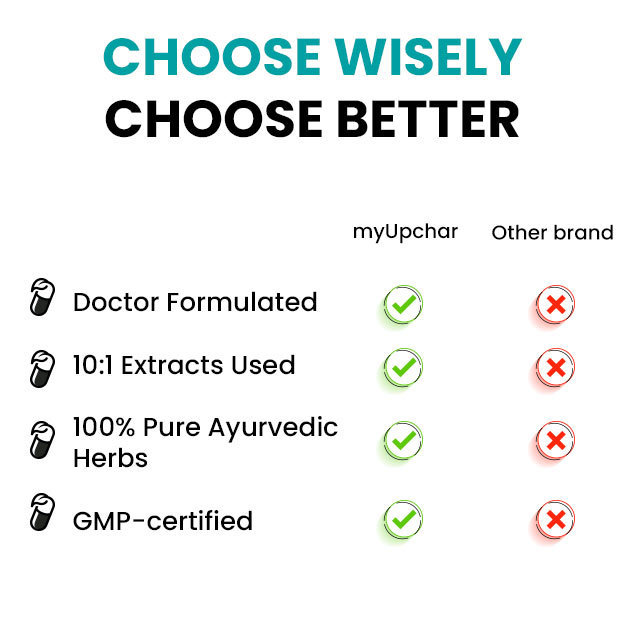Summary
The mitral valve repair surgery is performed to repair a flap of tissue, called the mitral valve, located between the left chambers of the heart (atrium and ventricle). The valve controls the flow of blood between the left atrium and ventricle and any problem in it may affect the functioning of the heart.
Here is the complete detail about heart disease treatment.
The surgeon may perform an open heart or minimally invasive surgery to repair the valve. You will need to fast before the procedure, starting from midnight before the surgery. You will be on general anaesthesia during the operation and will need a hospital stay for some days after the surgery. Once you return home, you must take proper care of your diet, medicines, and wound. You will have to visit your doctor for a follow-up appointment four to six weeks after the surgery.
(Read More - Angina Treatment)


























